What Is Cern And What Is The World’s Largest Machine At Cern Does?
What is the universe made of? How did it start? Physicists at CERN are seeking answers, using some of the world's most powerful particle accelerators.
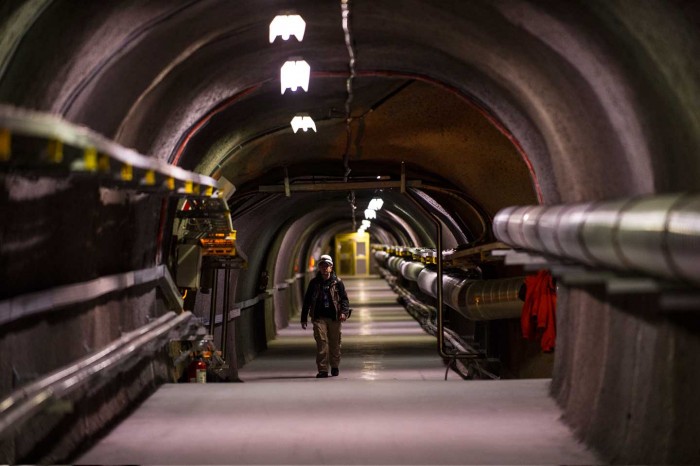
The name CERN is derived from the acronym for the French "Conseil Européen pour la Recherche Nucléaire", or European Council for Nuclear Research, a provisional body founded in 1952 with the mandate of establishing a world-class fundamental physics research organization in Europe. At that time, pure physics research concentrated on understanding the inside of the atom, hence the word "nuclear".
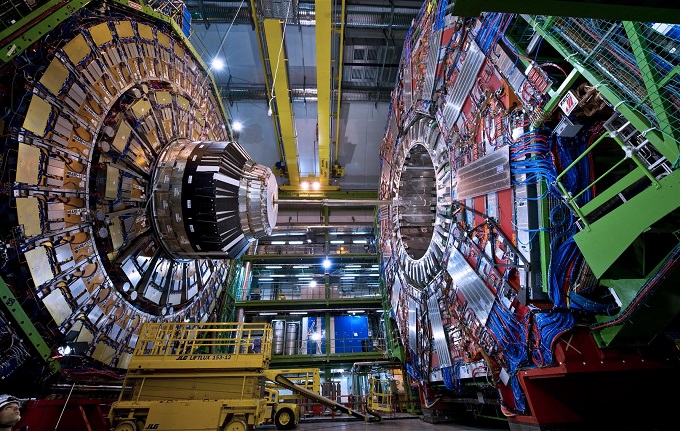
CERN's main function is to provide the particle accelerators and other infrastructure needed for high-energy physics research – as a result, numerous experiments have been constructed at CERN through international collaborations. The main site at Meyrin hosts a large computing facility, which is primarily used to store and analyze data from experiments, as well as simulate events. Researchers need remote access to these facilities, so the lab has historically been a major wide area network hub. CERN is also the birthplace of the World Wide Web.
About 2600 people work there full-time, and over 7800 scientists from about 500 universities and research institutes work there in total.
LHC Consists Of Several Machines That Accelerates Particles In Order To Recreate A Big Bang Like Collision
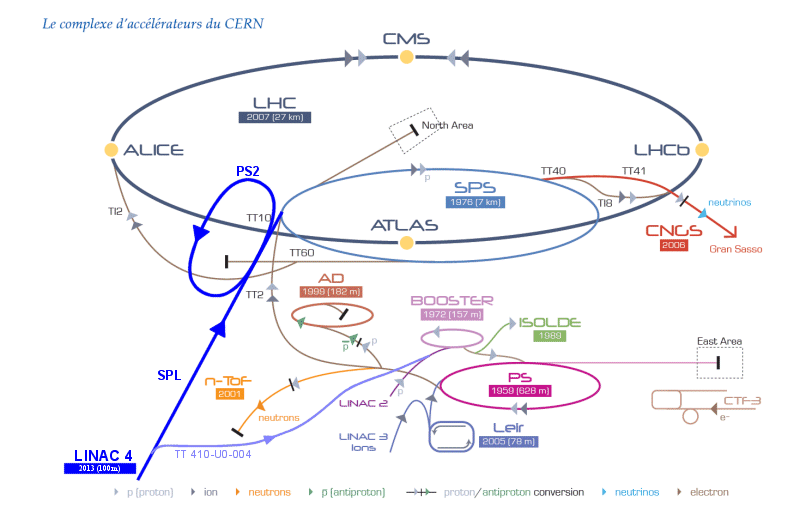
CERN operates a network of six accelerators and a decelerator. Each machine in the chain increases the energy of particle beams before delivering them to experiments or to the next more powerful accelerator. Currently, active machines are:
- Linear accelerator, Linac 2, and Linac 3
- Proton Synchrotron Booster
- Low Energy Ion Ring(LEIR)
- 28 GeV Proton Synchrotron
- Super Proton Synchrotron
- On-Line Isotope Mass Separator
- Antiproton Decelerator
- Compact Linear Collider
- AWAKE Plasma Wakefield Acceleration Experiment
There Are Some Notable Achievements Of The Cern Apart From The Higgs Boson
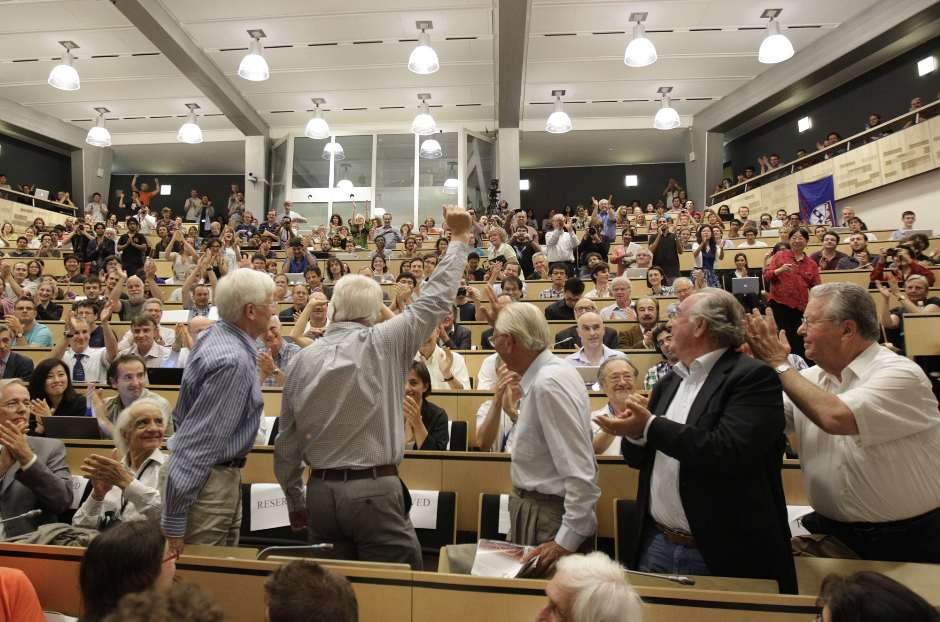
- The discovery of neutral currents in the Gargamelle bubble chamber In the year 1973
- The discovery of W and Z bosons in the UA1 and UA2 experiments In the year 1983
- The determination of the number of light neutrino families at the Large Electron–Positron Collider (LEP) operating on the Z boson peak In the year 1989
- The first creation of antihydrogen atoms in the PS210 experiment In the year 1995
- The discovery of direct CP violation in the NA48 experiment In the year 1999
- The isolation of 38 atoms of antihydrogen In the year 2010
- Maintaining antihydrogen for over 15 minutes In the year 2011
- A boson with mass around 125 GeV/c2 consistent with the long-sought Higgs boson In the year 2012
The World Wide Web(WWW) Was Also Developed At CERN
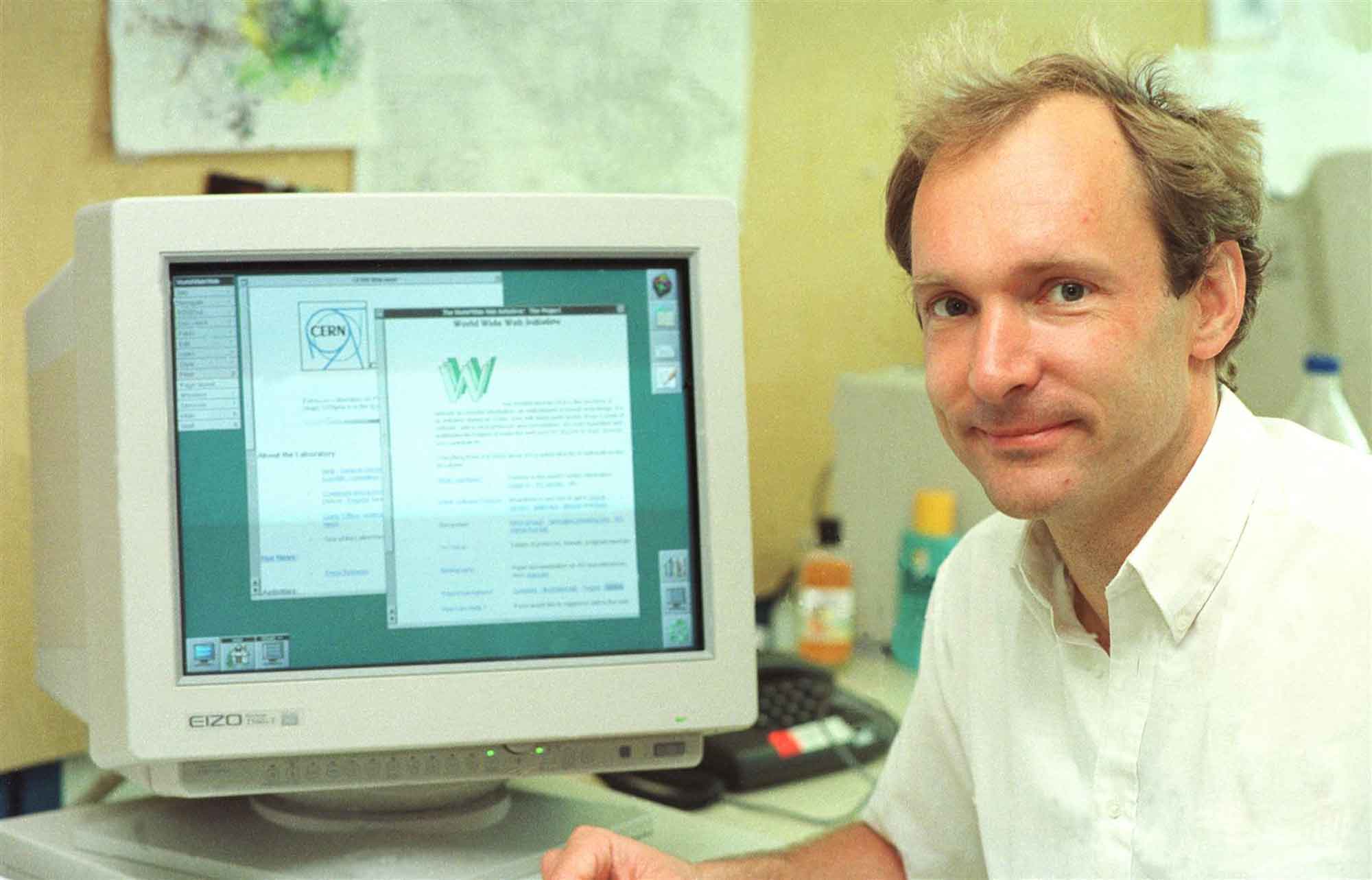
The World Wide Web began as a CERN project named ENQUIRE, initiated by Tim Berners-Lee in 1989 and Robert Cailliau in 1990. Berners-Lee and Cailliau were jointly honoured by the Association for Computing Machinery in 1995 for their contributions to the development of the World Wide Web.
Popular Posts
What Is Trypophobia – A Disgust More Than Fear
"I can't really face small, irregularly or asymmetrically placed holes, they make me like, throw up in my mouth, cry a little bi...
Chandan Roy
16 Interesting Facts About Ambidextrous People
A lefty or left-handed uses his left hand more naturally and dominantly than the right hand. And the righty or right-handed is o...
Ethan Stephans
20 Interesting Facts About Meteoroid, Meteor and Meteorite
Watching celestial objects is a true delight. It is still fun to catch a sight of shooting stars when we grow up. A second of th...
Swati Bhandari








